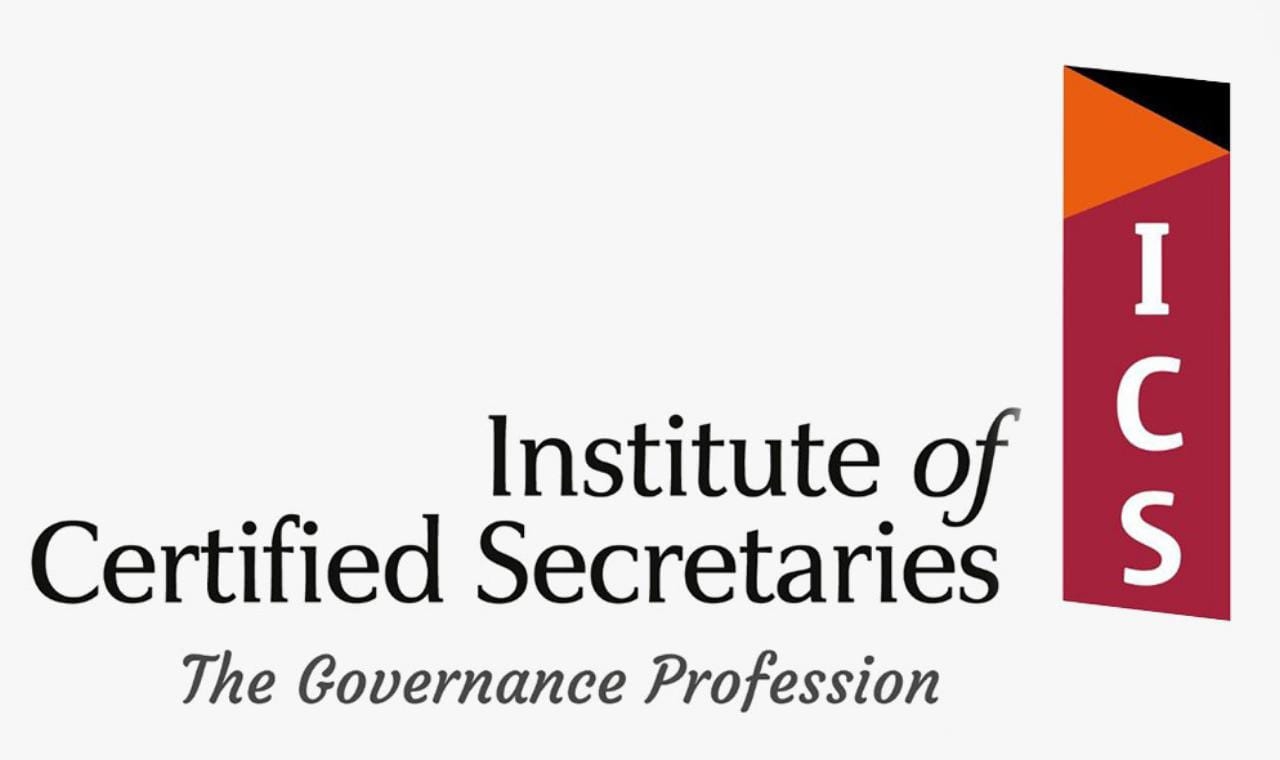When Kenya’s 2010 Constitution was enacted, public participation was widely celebrated as a bold attempt to shift power closer to the people. It wasn’t just a legal requirement—it was a promise to make governance more transparent, inclusive, and responsive.
Yet, more than a decade later, we must ask: Has this promise been kept, or has public participation become a performative checkbox exercise?
From my experience in governance and compliance, I’ve witnessed meetings where citizens are invited to give views on dense budget documents they haven’t seen in advance. The announcements come late, the language is technical, and the same small group of “known participants” dominates the conversation. This pattern of superficial inclusion may satisfy procedural expectations, but it often fails to capture the broader voices of the community.
Still, the
original vision of public participation remains powerful. When designed
intentionally, participatory processes foster trust, improve service delivery,
and ensure that public decisions reflect local realities. I recall a youth-led
budget forum in Makueni where young people questioned a proposed allocation for
benchmarking trips, suggesting those funds be redirected to support local
innovation hubs. Their feedback didn’t just inform the budget—it reshaped it.
So, what’s going wrong?
For one, participation is often treated as an event, not a process. True engagement must begin well before the meeting and continue afterward. Communities need accessible information, time to understand it, and feedback mechanisms to see how their input influenced outcomes.
Secondly, we need to professionalise facilitation. It’s not enough to call a meeting and hand over a microphone. Public officers and consultants need training in convening inclusive dialogues, simplifying technical content, and managing diverse views constructively.
Digital tools can help expand access—especially among youth and urban residents—but they must be inclusive by design. A poorly publicised webinar or inaccessible platform does not equal engagement. Blending in-person and virtual approaches may offer the best chance at reaching different segments of society.
Most importantly, we must change the attitude behind the process. Public participation should not be treated as a chore or formality—it’s a core pillar of legitimate governance. When leaders approach it with openness and humility, even difficult discussions can produce collective ownership and better policy outcomes.
For professionals in governance, law, and mediation, this is more than a policy gap—it’s a window of opportunity. The need for skilled facilitation, inclusive dialogue, and trust-building has never been greater. These are not just governance tools—they are marketable services. Institutions, counties, and even development partners are increasingly seeking experts who can bridge legal requirements with community realities.
If we commit to
making participation meaningful—not just legal—we can reawaken the democratic
spirit of the Constitution. We can move beyond ticking boxes to building trust,
shaping better policies, and making governance truly people-driven.
Esther Kavee is an upcoming Certified Secretary and mediator passionate about inclusive governance, civic accountability, and stakeholder engagement in public policy and service delivery.
